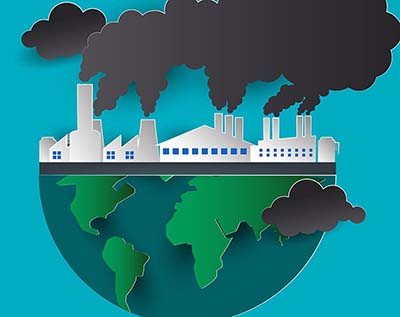
Carbon Credit Exchange and Carbon Markets
- 0
A carbon credit exchange is a market where consumers can trade credits for credits. Thailand, where there are over ten major companies, has recently worked to set up a private market for the credits. In order to do this, the electricity generating authority has been monitoring the emissions of greenhouse gases in the country. But the system isn’t perfect yet.
Carbon markets
Carbon markets and carbon credit exchanges provide investors with access to carbon credits through various methods. These include purchasing shares of specialized funds that buy an assortment of contracts to track an index. One example of such a fund is the KraneShares Global Carbon ETF. A carbon credit is a unit of carbon dioxide that is offset by a specific project.
Carbon credits are highly diverse and can be difficult to price effectively. Liquidity is a key issue for efficient carbon markets. Each credit has various attributes associated with it, each affecting its price. This makes it difficult to match buyers and sellers, which leads to inefficient and time-consuming processes.
Challenges in globalizing carbon credit exchanges
Carbon markets are a critical part of solving the climate crisis, but they have certain challenges. First, they do not provide the incentive needed to reduce GHG emissions in a meaningful way. Instead, they allow reductions in one sector to offset emissions in another, which has little effect on the concentration of GHG in the atmosphere, which is what drives climate change. Secondly, markets cannot ensure that the financial sector will continue to be interested in these markets if they do not contain strict emissions cap requirements.
As a result, many carbon credits given out in the voluntary market have not led to much reduction in emissions. In California, for example, more than 80 percent of forest offset credits failed the additionality test because the alleged additional carbon storage had occurred with or without the credits. Furthermore, the carbon market at the Chicago Board of Trade collapsed because the price of carbon was so low and did not lead to mitigation.
Efficacy of carbon markets
Carbon markets are a strategy for reducing emissions by letting the market decide the most economical way to cut emissions. Since corporations are required to reduce emissions in order to meet regulations, carbon markets encourage them to choose the most cost-effective method. There are some examples of how this has worked successfully, including the sulfur dioxide market, which was incorporated into the Clean Air Act in 1990. Some studies suggest that carbon markets can lead to greater emissions reductions than without them.
There is an issue with evaluating the efficacy of carbon markets. One problem is that there is little evidence available to assess their effectiveness. As of October 2017, the London Stock Exchange announced a public market framework to meet the Paris Agreement’s target of limiting greenhouse gas emissions. However, the market remains a promising option, as it covers over half of emissions in a given region.
Costs of carbon markets
Costs of carbon markets can help us to plan our economy and reduce emissions. Currently, the median internal carbon price for energy companies is approximately $25. For financial services companies, the price is about $6. Adding a federal carbon price would help firms plan more efficiently and effectively. It also would provide an incentive for firms to invest in clean technologies and green activities.
Carbon credits can range in price from a few cents per metric ton of CO2 emissions to over $300 per mtCO2e for projects such as CCS. Various private market operators offer these credits to buyers. When someone buys a carbon credit, the market operator or third-party broker sells it to another party. The producer then receives the proceeds from the sale.
Environmental impact of carbon markets
Carbon markets help countries achieve environmental goals by encouraging them to cut emissions. By purchasing allowances from other nations, countries struggling to meet their targets can offset their pollution. Also, countries switching to renewable energy can qualify for allowances. When rules are set up properly, these carbon offsets can benefit everyone involved. But how do carbon markets work?
One state in America that is implementing a cap-and-trade program is California. It is aiming to cut greenhouse gas emissions by 40% below 1990 levels by 2030. To do that, 450 entities must meet a 15 percent reduction in emissions by 2020. The California carbon market enables companies to buy a certain percentage of carbon credits. By 2030, carbon credits will be worth $41 each.

